The revival of Hanfu, the traditional clothing of the Han Chinese, has taken modern fashion by storm. As more enthusiasts embrace this cultural heritage, the art of pairing it with appropriate makeup has become an essential aspect of the complete Hanfu presentation. Unlike contemporary makeup trends, Hanfu makeup requires a delicate balance between historical accuracy and modern aesthetics, creating a harmonious visual narrative that complements the intricate designs of traditional garments.
The philosophy behind Hanfu makeup stems from ancient Chinese beauty standards that valued subtlety and natural elegance. Where Western makeup often emphasizes dramatic contours and bold colors, traditional Chinese makeup focused on creating a porcelain-like complexion with delicate features. This fundamental difference in approach means modern wearers must adapt their usual makeup routines to achieve authenticity while still looking polished for today's standards.
Skin preparation forms the cornerstone of successful Hanfu makeup. The traditional ideal of "fair skin covering the entire body" remains culturally significant, though modern interpretations allow for more inclusive approaches. A flawless base with slightly lighter foundation than one's natural skin tone creates the desired effect, but the application should avoid appearing mask-like. Strategic highlighting on the high points of the face mimics the luminous quality seen in classical Chinese paintings, while contouring should be minimal to maintain softness.
Eye makeup for Hanfu follows distinct principles that differ significantly from Western techniques. Rather than creating depth through dark shadows, traditional Chinese eye makeup aims to make the eyes appear almond-shaped and slightly elongated. Soft browns and warm neutrals work better than cool-toned grays or vibrant colors. The classic "phoenix eye" technique, where eyeliner extends slightly upward at the outer corners, remains the most authentic choice for Hanfu wearers seeking historical accuracy.
The eyebrows present another crucial element in Hanfu makeup adaptation. Ancient Chinese beauty standards favored slender, arched brows that resemble distant mountains - a poetic description that captures their gentle curvature. Modern straight brow trends conflict with this ideal, requiring adjustment. The brows should appear natural rather than overly defined, with subtle gradients that mimic the brushstrokes of ink wash paintings. This creates harmony with the overall delicate aesthetic.
Blush application in Hanfu makeup follows unconventional placement by contemporary standards. Instead of applying to the apples of the cheeks, traditional technique suggests blending slightly higher, near the temples and tapering toward the hairline. This creates a faint, ethereal flush reminiscent of shyness or mild exertion - qualities admired in classical literature. The color should appear as if it emerges naturally from within the skin rather than sitting obviously on top.
Lip makeup adaptation requires particular attention to shape and color. The traditional "cherry blossom mouth" favored small, precisely defined lips with a slightly rounded shape. Modern overlining techniques would appear incongruous with Hanfu aesthetics. Colors should lean toward natural berry tones rather than bold reds or nudes. A gradient effect, where the color is more intense at the center of the lips and fades outward, creates a youthful appearance consistent with historical portrayals.
The relationship between Hanfu styles and corresponding makeup looks offers fascinating variety. More elaborate Tang dynasty outfits can support slightly bolder makeup with golden accents, while simple Song dynasty styles demand extreme subtlety. Ming dynasty-inspired looks might incorporate more defined brows, reflecting historical changes in beauty standards. Understanding these nuances allows wearers to create period-appropriate combinations rather than applying a generic "traditional" makeup look to all Hanfu styles.
Seasonal adaptations bring another dimension to Hanfu makeup artistry. Spring looks might incorporate delicate floral motifs or pastel accents, while autumn interpretations could use warmer tones and leaf-inspired elements. Winter makeup often features cooler undertones with snowflake embellishments, and summer styles might embrace watery textures that suggest refreshment. These variations maintain cultural authenticity while allowing creative expression tied to natural cycles.
Modern reinterpretations of Hanfu makeup demonstrate how traditional aesthetics can evolve. Some artists experiment with combining classic techniques with contemporary elements like glitter or graphic liner, creating fusion styles that honor heritage while appealing to younger generations. The key lies in maintaining the fundamental principles of balance and harmony - any modern addition should enhance rather than overwhelm the traditional foundation.
Accessories and hairstyles influence makeup decisions significantly. Elaborate hairpieces or heavy headdresses might call for more defined features to prevent the face from appearing washed out. Conversely, simple hairstyles allow for softer makeup looks. The color of hair accessories should coordinate with the makeup palette - gold ornaments pair well with warm tones, while silver complements cooler schemes. These considerations ensure all elements work together cohesively.
Cultural symbolism plays an often-overlooked role in Hanfu makeup adaptation. Certain colors carry specific meanings - red represents good fortune, while white might symbolize mourning in historical contexts. Motifs like plum blossoms or peonies could be subtly incorporated into makeup designs to convey particular messages. Understanding these nuances adds depth to the artistic presentation and demonstrates respect for cultural heritage.
Practical considerations for long-wear Hanfu makeup cannot be ignored. Traditional events or photo sessions often last hours, requiring products that maintain their integrity without frequent touch-ups. Setting sprays, waterproof formulas, and cream-based products often perform better than powders for extended wear. The makeup should also remain comfortable throughout various activities like tea ceremonies or dance performances that might accompany Hanfu wearing.
The psychological aspect of wearing Hanfu makeup contributes to the transformative experience. Many wearers describe feeling a connection to history when their appearance aligns with traditional aesthetics. This emotional resonance enhances confidence and posture, completing the elegant bearing expected with Hanfu. The makeup becomes more than cosmetic - it serves as a bridge between past and present, allowing wearers to embody cultural continuity.
As the Hanfu movement grows globally, makeup adaptation faces new challenges and opportunities. International enthusiasts bring diverse facial features and skin tones that require customized approaches while maintaining cultural authenticity. This expansion enriches the tradition, proving its versatility and timeless appeal. The core principles remain unchanged, but their application demonstrates remarkable adaptability across different ethnicities and personal styles.
Ultimately, successful Hanfu makeup adaptation requires both technical skill and cultural sensitivity. It's not merely about applying products differently but understanding the philosophy behind historical Chinese beauty standards. When executed thoughtfully, the makeup becomes an integral part of the Hanfu experience, completing the visual poetry of flowing silks and intricate embroidery with a living, breathing connection to China's aesthetic heritage.
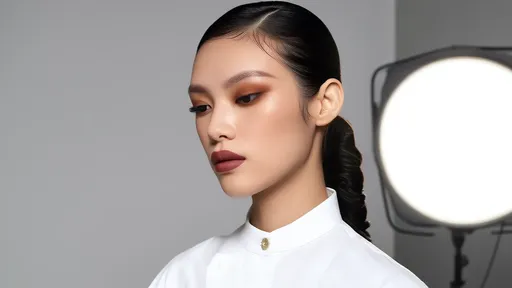
By /Jun 28, 2025
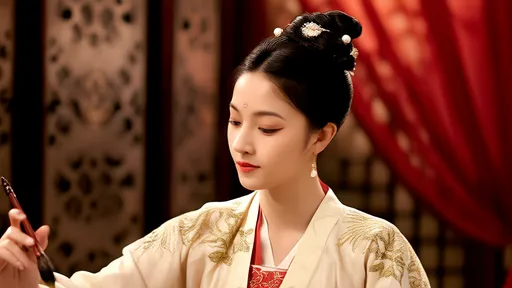
By /Jun 28, 2025
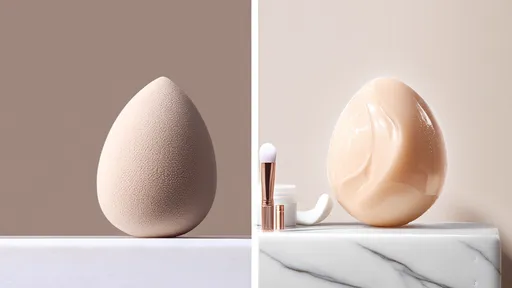
By /Jun 28, 2025
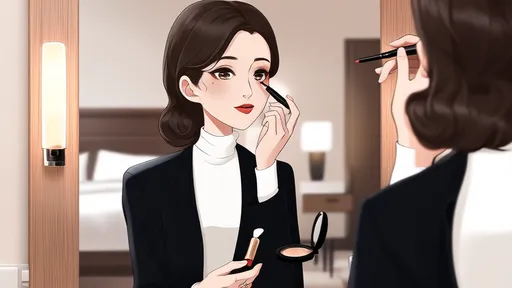
By /Jun 28, 2025
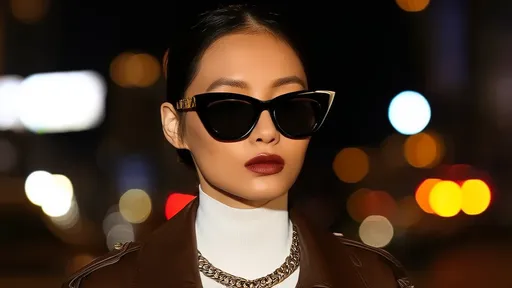
By /Jun 28, 2025
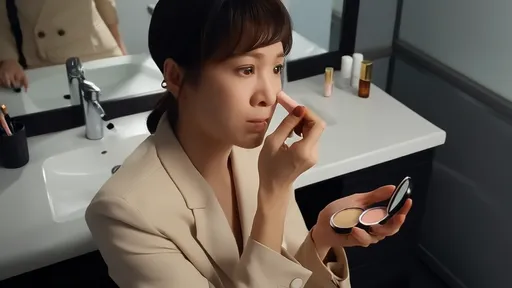
By /Jun 28, 2025
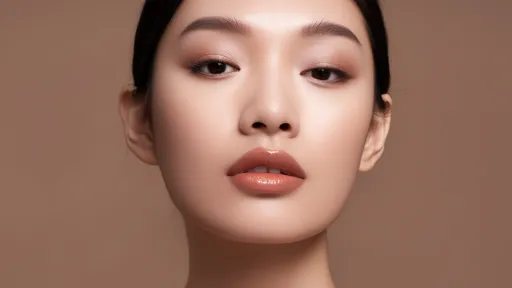
By /Jun 28, 2025
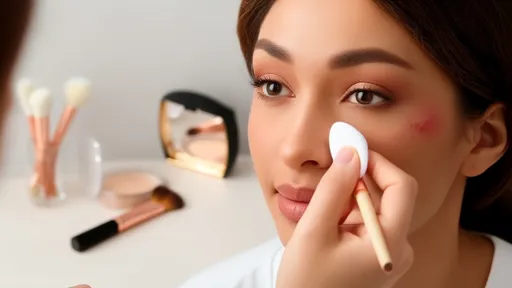
By /Jun 28, 2025
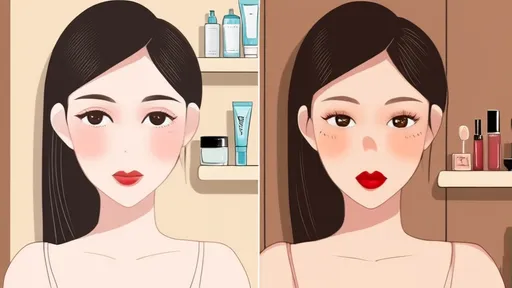
By /Jun 28, 2025
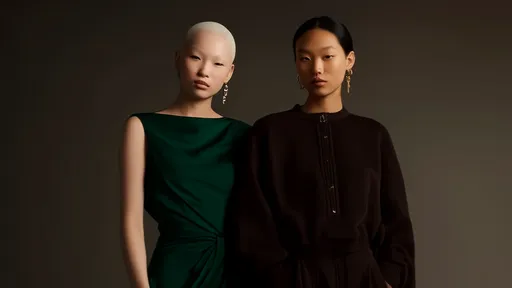
By /Jun 28, 2025
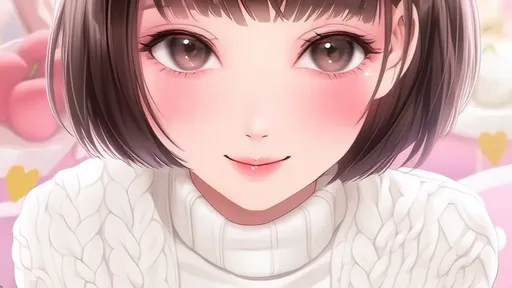
By /Jun 28, 2025
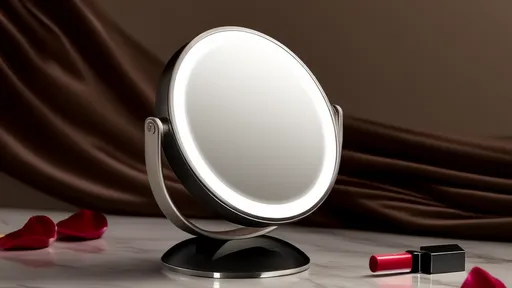
By /Jun 28, 2025
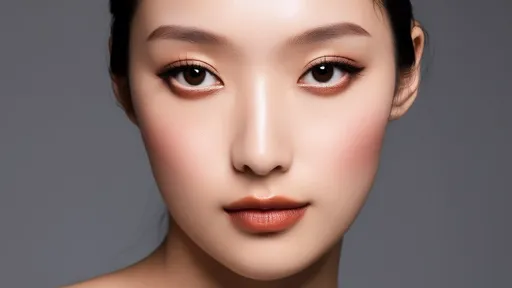
By /Jun 28, 2025
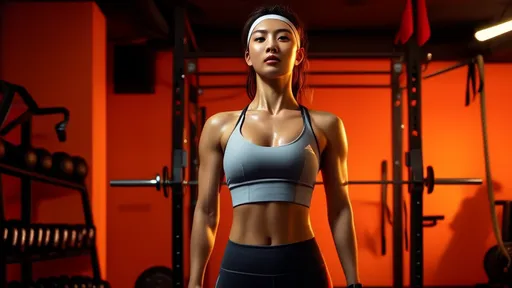
By /Jun 28, 2025
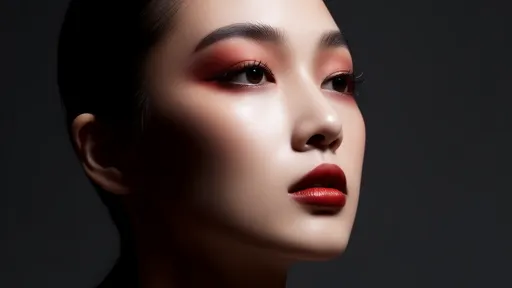
By /Jun 28, 2025
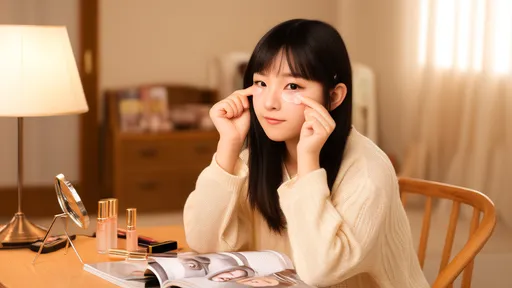
By /Jun 28, 2025
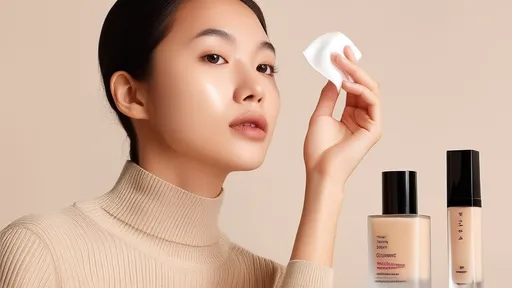
By /Jun 28, 2025